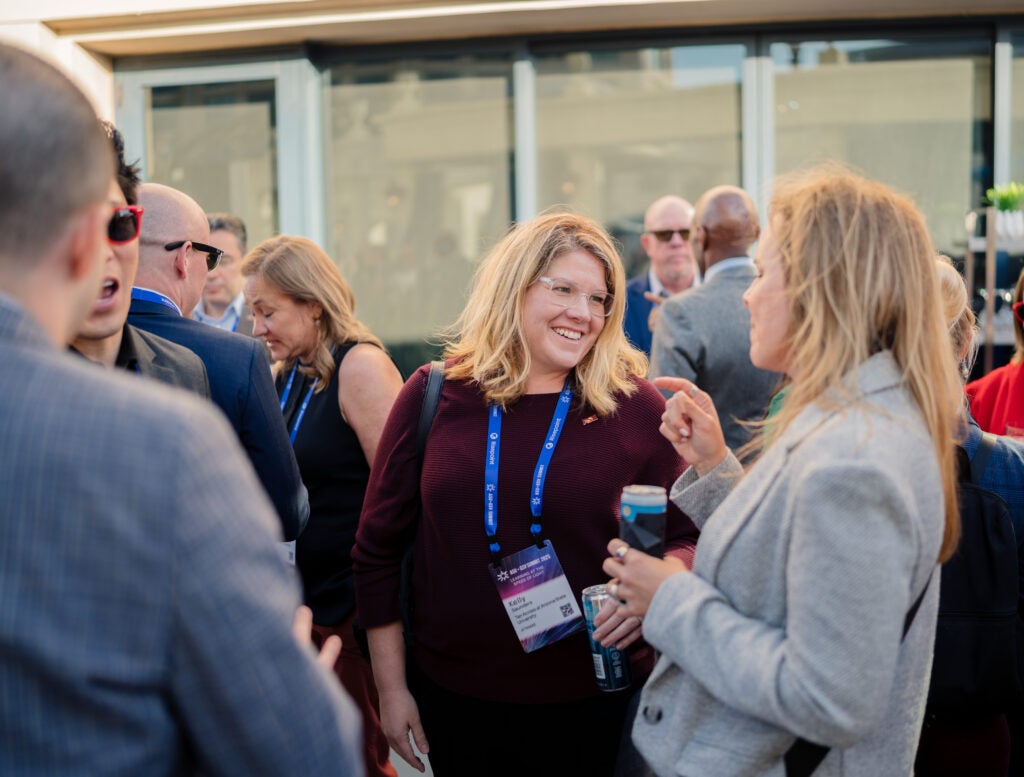Navigating the new map of learning and work

ASU+GSV 2025 closed with a focus on building systems and cultures that move learners forward.
If earlier days of the ASU-GSV Summit explored why we must transform education and what tools can help, the final day was all about how. How do we guide learners through a maze of postsecondary options? How do we ensure talent systems actually reflect talent? And how do we rewire institutions to make lifelong learning possible?
Across sessions, a shared insight emerged: for education and work to align in the age of AI, we need more than new tools — we need stronger systems for direction and support.
Takeaway 1: Turn possibilities into concrete pathways.
For today’s learners, career navigation is more critical — and more complex — than ever.
In “Recalculating Routes: The State of Education to Career Navigation, panelists from American Student Assistance, ECMC Group, Education at Work, the Schultz Family Foundation and Kuder Inc. explored how shifting expectations, emerging credentials and employer demands have created a maze of postsecondary options that many students struggle to navigate.
Speakers emphasized that the challenge isn’t just a lack of information — it’s a lack of guidance and connection. From polling to personal stories, the message was clear: students are thinking a lot about their futures, but most feel uncertain about what comes next.
“We have students who are beating adults in performance metrics while juggling school and work,” shared Jane Swift, president of Education at Work and former lieutenant governor of Massachusetts. “But we have to design systems that give them a real shot — not just a chance.”
The solution? Pair high-quality tools with real human support. From employer accountability to AI-enabled advising, speakers called for earlier, more personalized and more integrated models that meet students where they are — and move them forward.
Takeaway 2: Developing talent from within drives long-term success.
Retention starts with relationships—and grows through opportunity.
In the session “The Business Imperative: Expanding Career Pathways Through Innovation,” panelists from Blackstone, Great Wolf Lodge, Grads of Life, and Teach For America made a compelling case for why talent development is more than a human resources function — it’s a business advantage.
Speakers shared that today’s workforce, especially younger generations, is prioritizing growth, purpose and alignment with organizational values. Skills-first hiring, inclusive leadership and visible paths to advancement were framed as essential — not just for attracting talent, but for keeping it.
“When people see how their work contributes to something larger — and feel seen themselves — they’re more likely to stay and thrive,” noted moderator Kim Mitchell, chief people officer at Renaissance Learning.
Takeaway 3: Guidance only matters if learners can act on it.
Helping students choose a path is only the beginning. The real work lies in building systems that help them keep moving forward.
In “The Future of Career Navigation: Funding, Policy, and Practice” panelists from American Student Assistance, Jobs for the Future, All4Ed and HCM Strategists laid out a roadmap for turning isolated advising efforts into a true navigation ecosystem. That means better data, consistent standards, aligned policies and sustained funding — not just one-off tools or programs.
“We’re preparing young people to navigate complexity,” said Amy Loyd, CEO of All4Ed. “Not just launch into a single job or credential.”
From Indiana’s $25M investment in career coaches to Texas’s performance-based funding model for community colleges, states are beginning to modernize. The challenge now is helping those innovations reach more students — and stick.

Takeaway 4: Skills-first also means culture-first.
Building a skills-based organization isn’t as simple as launching new tech. As “From Culture to Competencies” made clear, skills-based transformation requires a shift in mindset — especially from leaders. It also demands integration across legacy systems, HR models and learning platforms.
Experts from Amazon, Workday, Gloat and InStride emphasized the long game: yes, emerging tools can map capabilities and unlock agility. But without a culture that values continuous learning and transparency, the shift to a skills-based model risks falling flat.
Summit reflections: what comes next
ASU+GSV 2025 opened with bold ideas and closed with the architecture to support them. From credit modernization to career pathways, a shared ethos emerged: learners should be able to move forward — on their terms, at their pace, with systems designed to support their growth.
That ethos carried into a special reception hosted by ASU Learning Enterprise, where internal collaborators and external partners came together to reflect on the momentum built throughout the week — and the work still ahead.
The future of education isn’t just a vision. It’s a construction project. And after four days of strategy, storytelling and cross-sector collaboration, it’s clear: the scaffolding is already going up.
